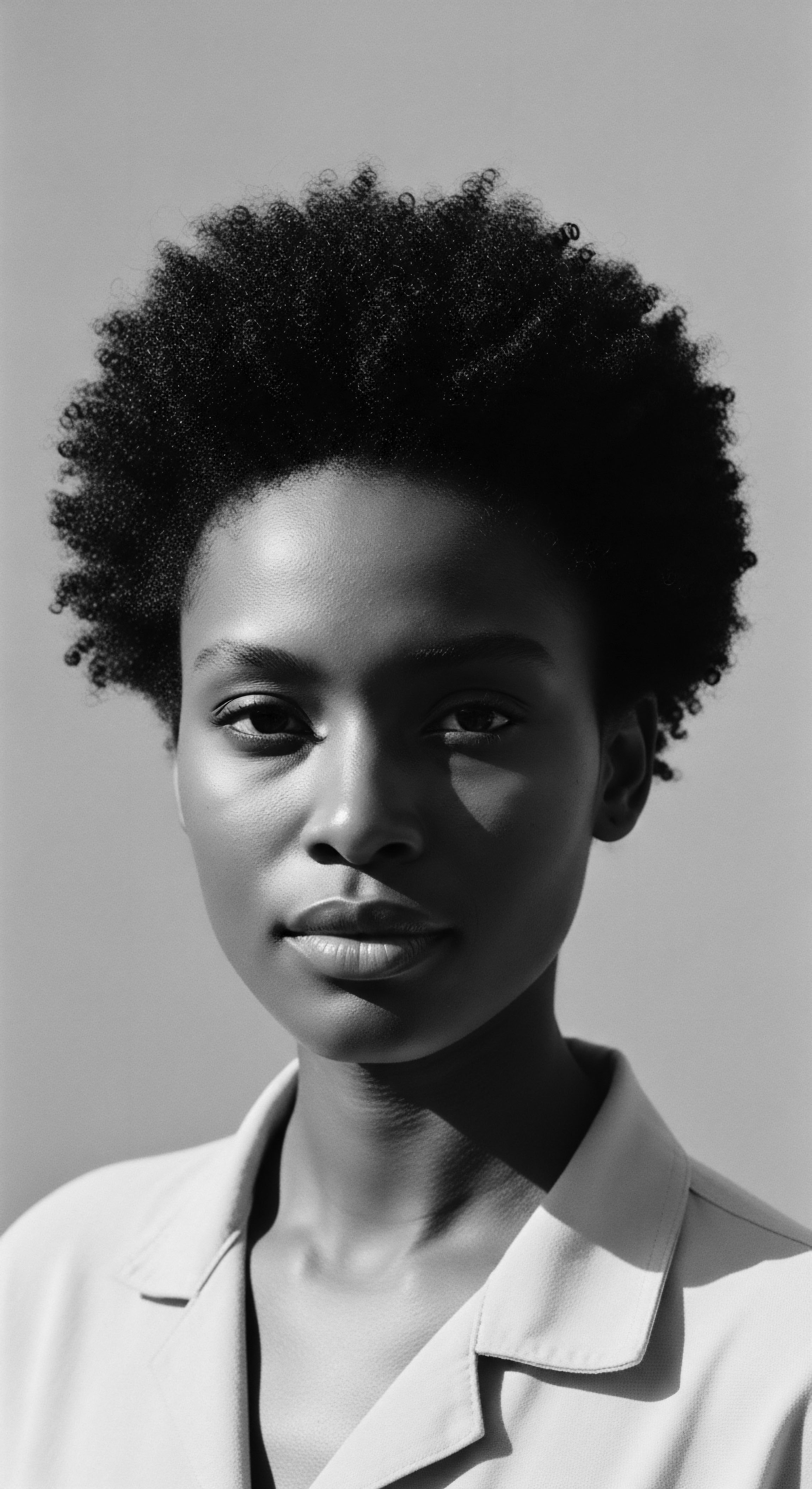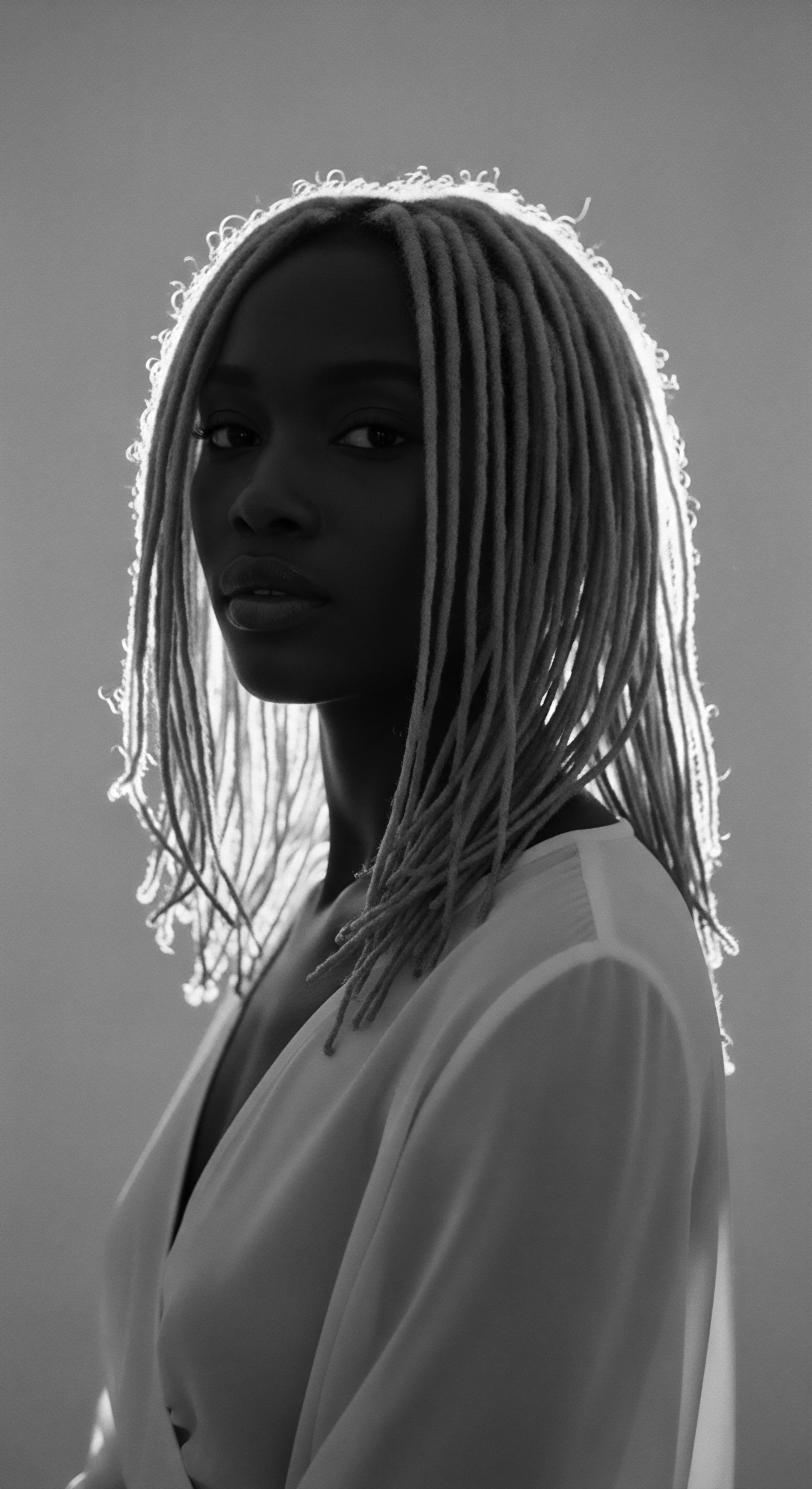
How did historical hair policies affect Black identity?
Historical hair policies sought to suppress Black identity by devaluing textured hair, but fueled resilience and cultural reclamation.

What is the heritage of cornrow braids?
Cornrow braids carry a heritage spanning millennia, signifying identity, communication, and resilience within textured hair communities.

What scientific changes occur in textured hair with heat exposure?
Heat alters textured hair's protein structure, leading to moisture loss and potential permanent changes to the natural curl pattern.

What ancestral practices shaped early views of textured hair?
Ancestral practices viewed textured hair as a sacred extension of identity and lineage, guiding its care through communal wisdom.

In what ways did textured hair serve as cultural connection during enslavement?
Textured hair served as a silent yet potent language, linking enslaved people to their ancestral heritage, community, and resistance.

Can textured hair’s density aid in climate regulation?
Textured hair's density aids microclimate regulation by trapping insulating air and forming a barrier against solar radiation, a heritage adaptation.

What historical techniques continue to shape contemporary styling approaches for textured hair?
Ancient African hair care techniques, especially braiding and protective styling, profoundly shape contemporary textured hair approaches, embodying deep cultural heritage.

Ancestral Coloring
Meaning ❉ Ancestral Coloring describes the inherited hues and textures of hair, profoundly shaped by genetic lineage and deeply interwoven with cultural meaning.

Which traditional botanicals soothe dry textured scalps?
Traditional botanicals from ancient heritage soothe dry textured scalps by deeply nourishing and calming with inherited plant wisdom.

Why did textured hair straightening become common?
Textured hair straightening became common due to systemic pressures, societal beauty standards, and economic survival linked to perceived professionalism.

